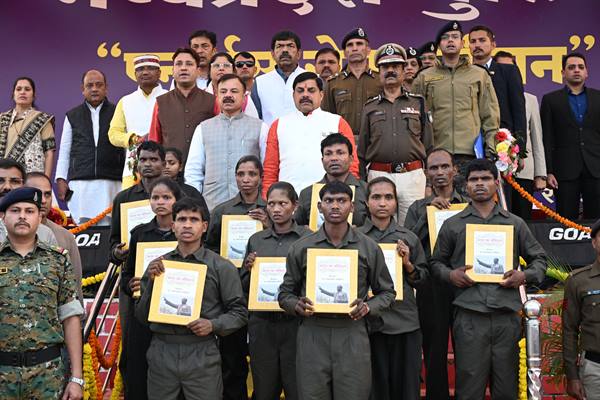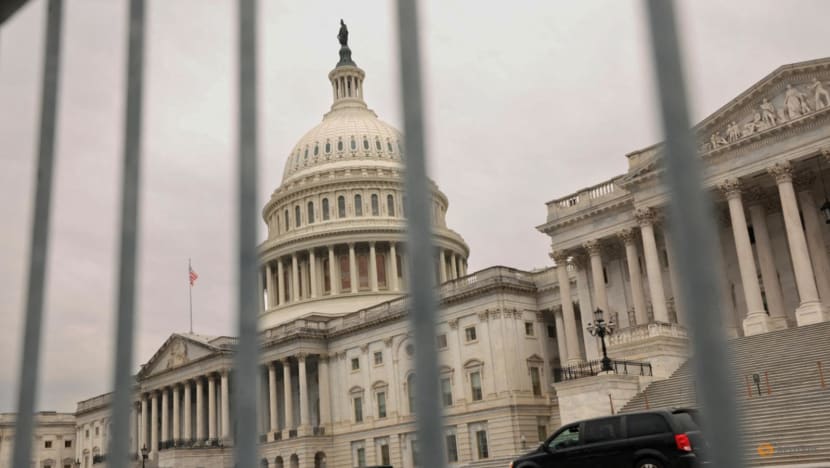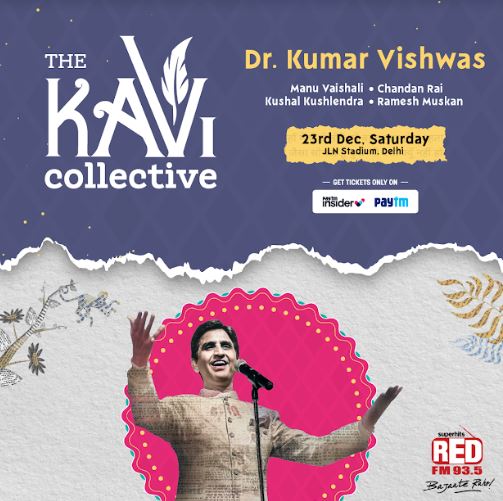How India held its first Lok Sabha election in 68 phases
Independent India conducted its first election from 25 October 1951 to 21 February 1952, in 68 different phases. After much hard work, the polls recorded a voter turnout of 45.7 per cent and was deemed as the ‘biggest experiment in democracy in human history’

As the days to the 18th Lok Sabha election draw closer — the first phase of polling is on 19 April — it is worth remembering how India carried out its first election back in 1951. The election was marked by Jawaharlal Nehru’s remark, “Naya Hindustan Zindabad.”
Just years after gaining independence, India decided to hold its first election between October 1951 and February 1952. The prospect of holding an election in the country as vast and wide as India attracted a good deal of interest and attention in the country as well as abroad.
As we gear up for this election , let’s take a look back at how India carried out its first ever poll and the challenges that officials faced then.
Registering voters for the polls
The office of the Election Commission was set up on 25 January 1950 and Indian Civil Services (ICS) officer Sukumar Sen was appointed as its chief in March of the same year. A month after he was appointed the poll body’s head, Prime Minister Jawaharlal Nehru announced that the country would go to the polls in the spring of the same year.
However, this in itself presented a major challenge. Firstly, neither the government nor the people had any experience of conducting or participating in such an exercise. Moreover, Sen had the daunting task of conducting an election wherein India had adopted adult suffrage — ensuring all the adult citizens of the country have the right to vote without any discrimination on the basis of caste, colour, creed or religion.






















